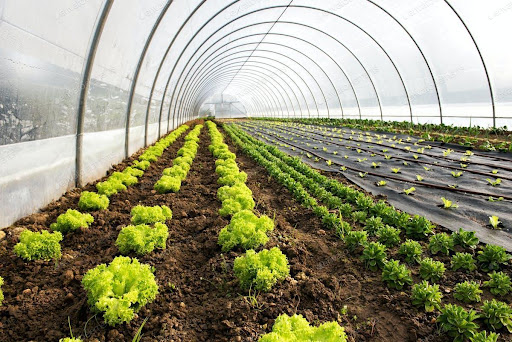Why there is a need for transforming agriculture into a climate-resilient ecosystem?
Climate change can reduce agricultural income by lowering productivity. Though the agricultural finance companies can help provide agricultural loans to the farmers, it needs other strategies to deal with the adverse effects of climatic change, making it crucial to follow sustainable practices by adopting the latest technologies. It includes cultivating tolerant breeds which are less prone to climate change stress. Water and nutrient management are also crucial in this process. Read on to know more about the transformation of agriculture into a climate-resilient ecosystem.
Need for transforming agriculture into a climate-resilient ecosystem:
Here are the two main reasons for transforming agriculture into a climate-resilient economy:
- Alleviation of poverty:
Farmers are seen working in the most vulnerable areas and living in a similar scenario. Due to a lack of savings and easy access to financial resources, they are inefficient in dealing with natural disasters caused by climate change. However, if they learn to build a climate-resilient ecosystem, the problem can be considerably alleviated, decreasing their financial burden in such times.
- Ease of adaptation to climate changes:
A climate-resilient ecosystem includes introducing new farming techniques that can help farmers deal with situations such as high temperature-triggered drought, degradation of soil, severe storms, and flood. Thus the crops can withstand these harsh situations by adapting to climate change.
Climate-resilient agriculture:
It is an approach that includes using the current natural resources to ensure higher productivity on a long-term basis and get adequate revenue even during variable climatic conditions. Such practices are aimed at eliminating hunger and poverty for the upcoming generations. With CRA practices, agricultural production can sustainably be taken to a global level with improved use of technology and climate-resilient practices.
Measures to create a climate-resilient agricultural ecosystem:
Based on the climatic challenges, proactive policies have been implemented at the village level by the Government of India, Ministry of Agriculture and Farmers Welfare, and Indian Council of Agricultural Research (ICAR). Some of the strategies include:
- Growing tolerant crops:
To adapt to low downpour conditions, the crops that mature early and tolerate drought are used on the farmers’ fields to enhance the yield by 20-25% higher than the indigenous crops.
- Opting for tolerant livestock and poultry:
Tolerant poultry and livestock have the ability to resist drought. They can walk long distances, do thermoregulation, have fertility and motherly instincts, digest low-quality feed, and resist diseases. Despite their inability to produce enough milk or meat, they are adaptive to unpredictable environmental conditions, and their resource footprint is also low.
iii. Enhance soil organic carbon:
Various farm management practices help and stimulate the functional stability of the soil. Some techniques to increase soil organic carbon include agricultural conservation technologies such as crop rotation, cover crops, reduced tillage, and soil conservation practices such as contour farming. Even strategies are applied for nutrient recharge by providing a protective soil cover.
- Opting for water-smart technologies:
It includes the use of furrow irrigated raised beds, rainwater harvesting, micro-irrigation, greenhouse, deficit irrigation, reusing wastewater, laser land levelling, cover crop technique, drainage management, and rainwater harvesting. All these help farmers reduce the impact of climatic variations.
Adjustment of planting dates, cultivating crips with less water, irrigation scheduling, zero-tillage, recharging groundwater, and using scientific water conservation methods are various technologies for precisely estimating the water needed by crops. Which lets farmers reach the satisfactory target crop yield needs during any season.
- Integrated nutrient management:
It uses organic and inorganic fertilisers through vermicompost, farmyard manure, crop residue, and rotating the leguminous plants to keep the soil healthy for an extended period.
- Managing feed:
It includes using techniques such as altering the feeding time, frequency, modifying diet composition, and others, which are some ways of reducing the risk from climatic variations, compensating for low feed consumption, and reducing the animal mortality rate.
vii. Response farming:
It is otherwise known as farming with advisories that provide details on local weather conditions. It uses location and time-specific technologies to help farmers alter the crops to the region’s gradual variations in climatic conditions.
Conclusion:
Steps are being taken today to help farmers in every way. It has led to the surfacing of agencies like NAFA(Netafim Agricultural Financing Agency), which assists farmers to finance their crops and livestock. But even after getting the agricultural loans, they need to follow the strategies to get better yields because the conventional methods of agriculture are not enough when the climate is changing gradually. The government is also introducing various policies to boost the farmers’ income and protect the ecosystem.

